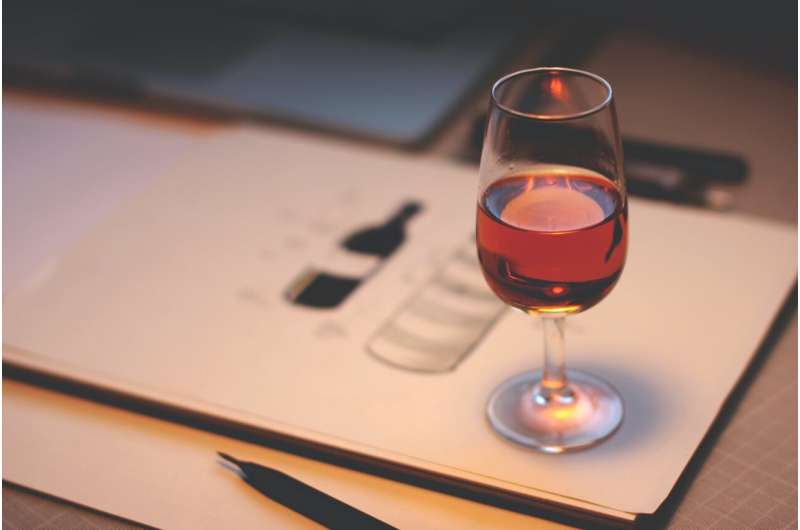Ros茅 renaissance: Spanish study uncorks ultrasound for superior wine quality

Since the International Organization of Vine and Wine (OIV) approved the use of ultrasound to promote the extraction of grape compounds back in 2019, its application for obtaining superior red wines has been studied extensively.
Now researchers are turning their attention to ros茅鈥攁n expanding market which has seen strong growth over the past 15 years. A team from the University of Castilla-La Mancha and the University of Murcia in Spain used high-power ultrasound technology to treat Monastrell crushed grapes鈥攁 process known as sonication鈥攁nd compared the resulting ros茅 to wine obtained after a four-hour maceration period.
In a recent paper published in the Journal of the Science of Food and Agriculture a research team describes the improvements to the color and sensory profile of the sonicated wine, compared to the macerated sample.
Prof. Encarna Gomez Plaza from the University of Murcia, Spain, and corresponding author of the study explained the importance of the research for the wine industry. Speaking to SCI, she said, "The application of ultrasound was primarily designed for reducing maceration time in red winemaking. However, experiences with white wines showed that the aroma fraction could be increased by sonicating crushed grapes. Therefore, we decided to study the effect of ultrasound in ros茅 wines, something which has not been done before."
Traditionally, the maceration process has played a crucial role in the production of ros茅 wines, allowing for the extraction of essential aromatic compounds and color-enhancing components. The process, in which the crushed grape skins are left in the juice, can last anywhere from a couple of hours to two days, prior to the grapes being pressed and fermented.
However, while it increases the ros茅 color, extended maceration can cause oxidation of certain compounds in the wine, resulting in a bitter taste and other undesirable effects. This is where ultrasound comes in. Sonication by ultrasound causes the breakdown of grape skin cells, allowing desirable compounds to be extracted within a significantly shorter maceration time, thereby reducing the negative effects of oxidation.
Sensory analysis of the wines carried out by a trained panel with years of experience in wine sensory evaluations revealed the ultrasound-treated ros茅 wine to have a superior aroma.
"Sonication gave rise to wines with intense red berry and flowery odors, with scores higher than those of wine from macerated grapes," noted the authors.
Analysis of the chemical composition supported this鈥攗ltrasound treatment enhanced the extraction of several volatile compounds that improve aroma, such as terpenes, which can emit a floral or citrusy fragrance.
The team hopes that this study draws attention to the potential of ultrasound technology for producing high-quality ros茅 wines. They are now looking to other applications of high-power ultrasound in the wine industry.
"We want to increase our knowledge on the effect of ultrasound in wineries. We are researching how to solve problems that sometimes appear during winemaking and the chemistry behind this behavior," noted Prof. Gomez Plaza.
More information: Lara Labrador Fern谩ndez et al, The technology of high鈥恜ower ultrasound and its effect on the color and aroma of ros茅 wines, Journal of the Science of Food and Agriculture (2023).
Journal information: Journal of the Science of Food and Agriculture
Provided by Society of Chemical Industry




















